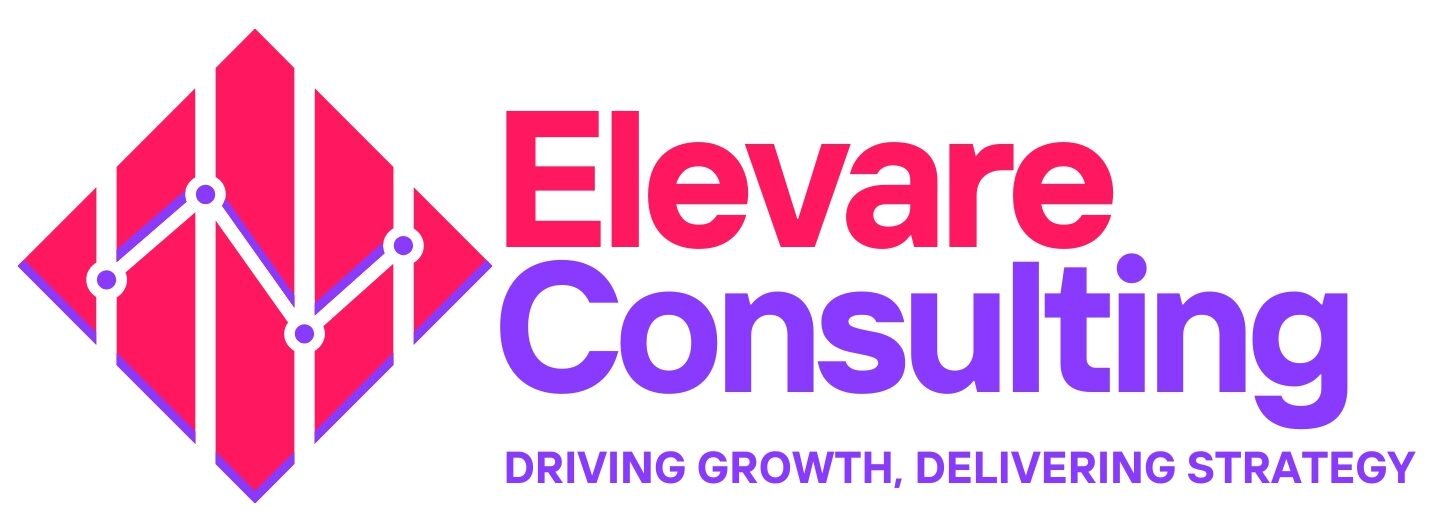A strong financial model is more than just numbers—it’s your business’s blueprint for sustainability and growth. Whether you’re pitching investors or planning operations, getting your model right is crucial.
1. Start with Realistic Assumptions
Your projections are only as good as the assumptions they’re built on. Be conservative with revenue estimates and generous with cost buffers. Use historical benchmarks where available.
2. Outline All Revenue Streams
Clearly define each source of income—subscriptions, product sales, services, etc. Break these down by unit, pricing, and volume to project monthly revenue.
3. Track Costs in Detail
Include fixed and variable expenses like rent, salaries, marketing, and software tools. Don’t forget taxes and unexpected costs. Proper categorization helps manage cash flow and profitability.
4. Include a Break-Even Analysis
Knowing when your business will become profitable is essential. Calculate how much you need to sell to cover all costs and identify the timeline to break-even.
5. Build in Multiple Scenarios
Create best-case, expected, and worst-case projections. This helps you plan proactively and present a balanced view to potential investors or lenders.
6. Use Tools That Scale
Skip static spreadsheets. Use modern templates or software that auto-update when inputs change. At Elevare, we offer customizable models as part of our consulting packages.
A smart financial model can be the difference between making confident decisions or flying blind. Let us help you build one that works for you.



